Accelerated Learning Techniques: Strategies to Optimize Learning Efficiency

Are you looking to enhance your learning capabilities and maximize your knowledge retention? Look no further than VietprEducation, where we delve into the world of accelerated learning techniques. Accelerated learning techniques are a set of strategies designed to optimize the learning process, allowing learners to absorb information more efficiently and effectively. In this comprehensive guide, we will explore the key components of accelerated learning techniques, provide tips for implementation, and delve into the power of visualization, summarization, active learning, multisensory learning, and gamification. Get ready to unlock your full learning potential with these proven techniques.

| Key Takeaways |
|---|
| Accelerated learning techniques optimize the learning process for maximum efficiency. |
| Visualization and summarization are powerful tools for enhancing learning and retention. |
| Active learning, such as group discussions and problem-solving, engages learners and improves knowledge retention. |
| Multisensory learning, incorporating visual aids and hands-on activities, enhances information processing. |
| Gamification techniques make learning more enjoyable and engaging through game elements. |
Understanding Accelerated Learning Techniques
Accelerated learning techniques are a collection of strategies and approaches that aim to optimize the learning process, enabling individuals to acquire knowledge and skills more efficiently. By leveraging various cognitive and psychological principles, these techniques enhance information retention, comprehension, and application. Let’s explore two key aspects of understanding accelerated learning techniques: the benefits they offer and the key components involved.
The Benefits of Accelerated Learning Techniques
Implementing accelerated learning techniques can yield numerous advantages for learners. Some key benefits include:
- Improved retention of information
- Enhanced understanding of complex concepts
- Increased motivation and engagement
- Efficient time management during the learning process
Key Components of Accelerated Learning Techniques
To effectively utilize accelerated learning techniques, it is essential to understand their fundamental components. These components include:
| Component | Description |
|---|---|
| Visualization | Utilizing mental imagery to create vivid representations of information. |
| Summarization | Condensing and simplifying complex information into concise summaries. |
| Active Learning | Incorporating interactive activities that engage learners in the learning process. |
| Multisensory Learning | Incorporating multiple senses, such as sight, touch, and sound, to enhance learning and memory. |
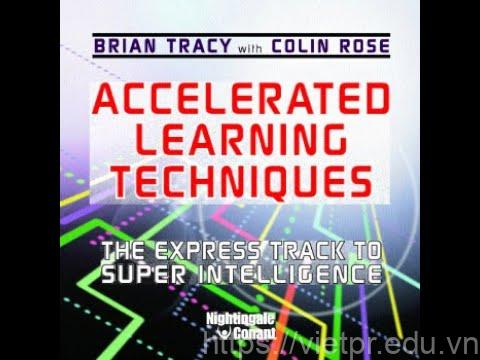
Key Components of Accelerated Learning Techniques
Accelerated learning techniques encompass several key components that contribute to their effectiveness. Understanding these components is crucial for implementing and maximizing the benefits of accelerated learning. Let’s explore two essential components: visualization and summarization.
Visualization: Creating Mental Imagery
Visualization is a powerful technique that involves creating mental images to enhance learning and retention. By visualizing information, learners can form vivid representations that make concepts more memorable and easier to comprehend. Visualization can be applied in various ways, such as:
- Mentally picturing complex processes or diagrams
- Creating mind maps or concept maps to connect related ideas
- Imagining scenarios or situations that illustrate key concepts
Summarization: Condensing Complex Information
Summarization involves condensing lengthy or complex information into concise summaries. This component helps learners extract the most important points and key details from a larger body of content. Summarization techniques include:
- Identifying the main ideas and supporting details
- Paraphrasing information in one’s own words
- Creating bullet-point lists or outlines to highlight key concepts
By mastering the art of visualization and summarization, learners can significantly enhance their understanding, retention, and application of knowledge.
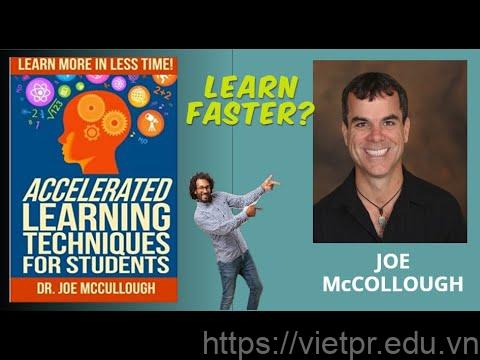
Tips for Implementing Accelerated Learning Techniques
Implementing accelerated learning techniques requires a thoughtful approach to ensure optimal results. Consider the following tips to effectively incorporate these strategies into your learning journey.
1. Set Clear Goals and Objectives
Before diving into your learning process, define clear goals and objectives. This will help you stay focused and motivated throughout your journey. Break down your larger goals into smaller, actionable steps that are specific, measurable, achievable, relevant, and time-bound (SMART).
Example:
- Goal: Learn a new programming language
- Objective: Complete an online coding course within three months
- Actionable Steps:
- Enroll in the coding course
- Create a study schedule
- Practice coding exercises daily
- Build small projects to apply knowledge
- Track progress regularly
2. Utilize Spaced Repetition Techniques
Spaced repetition is a technique that involves reviewing information at increasing intervals over time. Instead of cramming all the material in one go, break it into smaller study sessions spread out over a longer period. This method enhances long-term retention and reduces the likelihood of forgetting what you’ve learned.
Example:
If you’re studying vocabulary words, create flashcards and review them daily. As you become more familiar with the words, gradually increase the time intervals between reviewing each flashcard.
3. Embrace Active Learning Strategies
Engaging actively with the learning material enhances comprehension and retention. Incorporate activities such as group discussions, role-playing, problem-solving exercises, and hands-on projects that allow you to apply what you’ve learned in real-life scenarios.
Example:
If you’re learning a new language, practice speaking with native speakers or participate in language exchange programs to immerse yourself in real-world conversations.
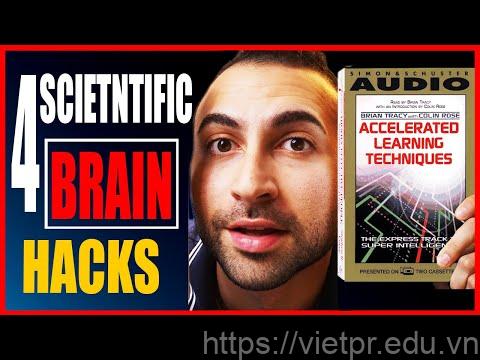
The Power of Visualization and Summarization
Visualization and summarization are two powerful techniques that can significantly enhance the learning process. Let’s explore how these techniques can improve comprehension, retention, and application of knowledge.
Enhancing Comprehension with Visualization
Visualization involves creating mental images or representations of information. By visualizing concepts, learners can better understand complex ideas and make connections between different pieces of information. Here are some ways visualization can enhance comprehension:
- Mentally picturing processes, diagrams, or models
- Creating visual aids such as mind maps or concept maps
- Using color coding or visual cues to highlight key points
Improving Retention with Summarization
Summarization is the process of condensing information into concise summaries. This technique helps learners extract the most important elements from a larger body of content. Here are some benefits of using summarization for retention:
- Identifying main ideas and key details
- Condensing complex information into manageable chunks
- Paraphrasing content in your own words to reinforce understanding
By incorporating visualization and summarization techniques into your learning practice, you can enhance your understanding, retention, and application of knowledge.

Leveraging Active Learning for Enhanced Retention
Active learning techniques play a crucial role in improving retention and understanding of the material being learned. By actively engaging with the content, learners can deepen their knowledge and make meaningful connections. Let’s explore some effective strategies for leveraging active learning.
Group Discussions and Collaborative Learning
Engaging in group discussions allows learners to exchange ideas, perspectives, and insights. Collaborative learning fosters active participation and helps individuals gain new insights through interaction with their peers. Here are some benefits of group discussions:
- Enhanced critical thinking skills
- Improved communication and interpersonal skills
- Diverse perspectives and knowledge sharing
- Deeper understanding through dialogue and debate
Problem-Solving and Hands-On Activities
Problem-solving activities provide an opportunity to apply learned concepts in real-world scenarios. Hands-on activities engage learners in practical tasks that require active participation. Here’s why problem-solving and hands-on activities are effective:
- Application of theoretical knowledge to practical situations
- Development of problem-solving skills
- Active engagement and experiential learning
- Retention of information through active practice
By incorporating group discussions, collaborative learning, problem-solving, and hands-on activities, learners can enhance retention, critical thinking, and application of knowledge.
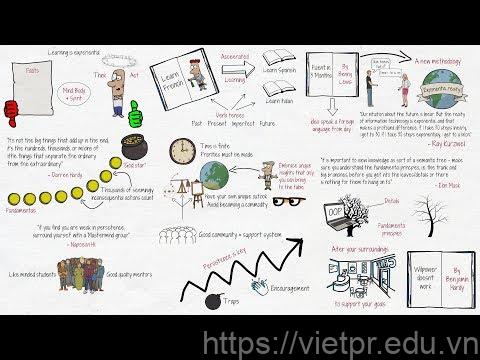
Unlocking the Potential of Multisensory Learning
Multisensory learning involves engaging multiple senses in the learning process to enhance understanding and retention. By incorporating visual, auditory, and kinesthetic elements, learners can tap into their full potential. Let’s explore how multisensory learning can be leveraged for optimal learning outcomes.
Using Visual Aids for Enhanced Understanding
Visual aids such as diagrams, charts, and infographics can significantly enhance understanding and memory retention. Here are some ways visual aids can be utilized:
- Presenting information in a visually appealing and organized manner
- Using color coding and highlighting to emphasize key points
- Utilizing visual metaphors or analogies to simplify complex concepts
Incorporating Hands-On Activities for Active Engagement
Hands-on activities provide learners with tangible experiences that reinforce learning. By engaging in physical tasks related to the subject matter, learners can deepen their understanding and retention. Here are some examples of hands-on activities:
- Performing experiments or simulations
- Creating models or prototypes
- Participating in interactive workshops or demonstrations
Utilizing Music and Audio for Enhanced Memory
Music and audio can have a profound impact on memory and learning. Incorporating auditory elements into the learning process can help learners retain information more effectively. Here are some ways to utilize music and audio:
- Listening to educational podcasts or audiobooks
- Creating mnemonic devices or songs to remember key information
- Using background music to create a conducive learning environment
By incorporating visual aids, hands-on activities, and auditory elements, learners can unlock the full potential of multisensory learning and enhance their understanding and retention of the material.
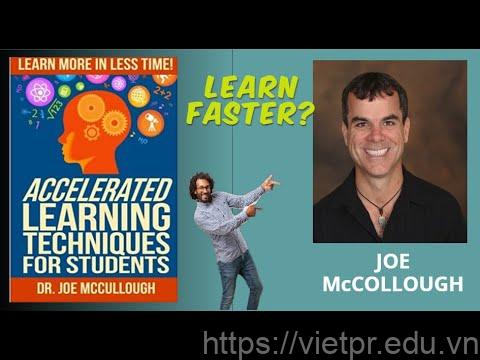
Gamification: Making Learning Fun and Engaging
Gamification is a powerful technique that harnesses game elements to make the learning experience more enjoyable and engaging. By incorporating game-like features, learners are motivated to actively participate and progress in their learning journey. Let’s explore how gamification can enhance the learning process.
Points, Badges, and Leaderboards
Points, badges, and leaderboards are common elements used in gamified learning experiences. These features provide learners with a sense of accomplishment and healthy competition. Here’s how they contribute to enhanced engagement:
- Points: Accumulating points for completing tasks or achieving milestones reinforces a sense of progress and achievement.
- Badges: Unlocking badges for mastering specific skills or completing challenging activities provides a visual representation of accomplishment.
- Leaderboards: Displaying leaderboards that showcase learners’ rankings fosters healthy competition and encourages learners to strive for improvement.
Quests and Challenges
Introducing quests and challenges into the learning experience adds an element of excitement and adventure. Learners embark on missions that require them to apply their knowledge and skills in a practical context. Here’s how quests and challenges enhance learning:
- Motivation: Quests provide learners with a clear goal to work towards, keeping them engaged throughout the learning process.
- Problem-Solving: Challenges within quests require learners to think critically, solve problems, and apply their learning in dynamic scenarios.
- Reward System: Completing quests successfully often leads to rewards or unlocking new content, reinforcing progress and motivating learners to continue.
By incorporating points, badges, leaderboards, quests, and challenges, gamification adds an element of fun and motivation to the learning experience, making it more engaging and effective.

Conclusion
Accelerated learning techniques offer a range of strategies to optimize the learning process and maximize knowledge retention. By implementing these techniques, learners can enhance their comprehension, recall, and critical evaluation of the material. Throughout this article, we have explored various components and tips for implementing accelerated learning techniques.
From the power of visualization and summarization to the benefits of active learning, multisensory learning, and gamification, learners have a wide array of tools at their disposal to make their learning journey more efficient and enjoyable. By leveraging these techniques, individuals can unlock their full learning potential and achieve success in their educational pursuits.